
The Role of Spray Paint in Street Pop Art and Graffiti
Spray paint, the quintessential medium of street pop art and graffiti has been an indispensable tool for urban artists around the globe. Its rise from a tool for simple markings to a respected artistic medium is a testament to the transformative power of street art. Spray paint offers unparalleled versatility, allowing for quick execution, a vibrant palette, and an ability to bridge the gap between fleeting street expressions and enduring pop art phenomena. Within street art, spray paint has evolved to embody the voice of the unheard and the spirit of the rebellious. It has provided artists the means to command public attention, converting blank walls into canvases that communicate personal and political messages. The fluidity and ease of use inherent to spray paint make it ideal for graffiti art's swift and often secretive nature. Its application ranges from precise stenciled works to expansive murals that adorn cityscapes, each telling its own story. The impact of spray paint extends beyond the streets and into pop art, where artists have used it to create pieces that reflect the commercialized and media-saturated environment of contemporary culture. Spray paint's ability to cover large areas and create bold, quick, graphic images has made it a favorite among pop artists looking to mirror the same mass-production techniques used in advertising and consumer goods. In essence, spray paint is not just a medium but a symbol of the street pop art and graffiti movement. It represents a democratization of art-making, proving that great art can emerge outside traditional spaces and without conventional tools. The cultural significance of spray paint in art will continue to be a topic of discussion as long as artists take to the streets to express their visions and voices.
The Evolution of Spray Paint in Artistic Expression
Spray paint has journeyed from the shelves of hardware stores to the studios of the world's most recognized street and pop artists, marking a significant evolution in its use and cultural significance. It has transitioned from a practical tool for utilitarian marking to a respected medium in the artist's toolkit, especially in street pop art and graffiti. This evolution reflects the changing landscapes of artistic expression and public space utilization.Spray paint is an essential tool in both graffiti art and pop art. In graffiti art, spray paint is often the primary medium for creating large-scale murals and tags. Graffiti artists use spray paint because it is quick-drying, highly pigmented, and allows them to work quickly and efficiently on walls and other surfaces. They can create intricate designs and lettering using different nozzle tips, pressure, and angles to create various effects such as fades, drips, and gradients. Graffiti artists may also use other tools like markers and paint rollers, but spray paint is the most commonly used tool in this art form. Spray paint is also used in pop art to create bold and graphic designs. Pop artists often use stencils and spray paint to create repeated patterns and images that are highly stylized and instantly recognizable. The use of bright colors and bold lines is characteristic of this art form, and spray paint allows artists to achieve this effect quickly and efficiently. Spray paint can also create a textured and layered effect, adding depth and interest to pop art pieces. Spray paint is essential in graffiti and pop art, allowing artists to create bold and impactful designs quickly and efficiently. Graffiti and pop art have different origins and styles, but both use spray paint uniquely. In graffiti art, spray paint is often used to make political and social statements or express the artist's identity. Graffiti artists often work in public spaces, and spray paint allows them to create large-scale murals quickly and precisely. They may also use other materials, such as stencils or stickers, to add additional layers of meaning to their work. In pop art, spray paint creates images inspired by consumer culture and popular media. Pop artists often use bold graphic designs inspired by advertising and commercial art. Spray paint is an essential tool in creating the sharp, clean lines that are characteristic of this style, and it can also be used to add texture and depth to the artwork. Both graffiti art and pop art have had a significant impact on contemporary art, and the use of spray paint is an integral part of their respective styles. While some may view graffiti as vandalism, many artists see it as a legitimate form of self-expression, and spray paint is a vital part of this art form.
Defining the Aesthetic of Street Pop Art and Graffiti
On the other hand, pop art is often seen as a celebration of consumer culture, and spray paint is an essential tool in creating the bold, colorful designs that are characteristic of this style. There are several popular brands of spray paint makers for graffiti art, each with its unique characteristics and advantages. Here are some of the most well-known brands: Montana Cans is a German-based company offering various colors and finishes. They are known for their high-quality paint and easy-to-use nozzles. Ironlak is an Australian company that provides high-quality, low-odor paint for indoor and outdoor use. They also offer a wide range of colors and finishes. Krylon is a US-based company that offers affordable spray paint with a quick-drying formula and a wide range of colors. They are known for their smooth and consistent coverage. Belton Molotow is a German-based company that offers a range of high-quality, professional-grade spray paints. They are known for their vibrant colors and durable finishes. Rust-Oleum is a US-based company that provides a range of affordable spray paints with various finishes, including metallics and glitter. They are also known for their durable, long-lasting formula. These are just a few of the popular brands of spray paint makers for graffiti art. Each brand has unique characteristics, and finding the one that works best for your particular project and style is essential. The distinctive characteristics of spray paint define the aesthetic of street pop art and graffiti. Its quick-drying nature, bright colors, and ease of layering make it ideal for the dynamic visuals associated with these art forms. Spray paint has given street artists the ability to produce works quickly, a critical factor in the often illicit nature of graffiti art. Moreover, the portability of spray cans allows artists to carry their tools as they traverse urban environments, creating spontaneous and responsive art to the immediate surroundings. Spray paint has been pivotal in democratizing art. Its relatively low cost and high availability have empowered individuals from all walks of life to engage in artistic endeavors. In the hands of street artists, spray cans have become a means to challenge the status quo, making statements on societal issues while bypassing traditional gatekeepers of the art world. This accessibility has made spray paint a key player in the explosion of street pop art and graffiti across the globe.

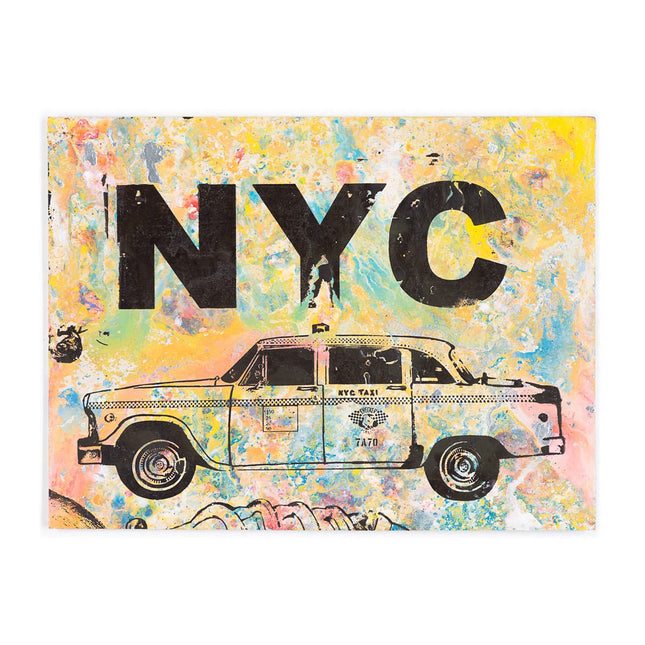
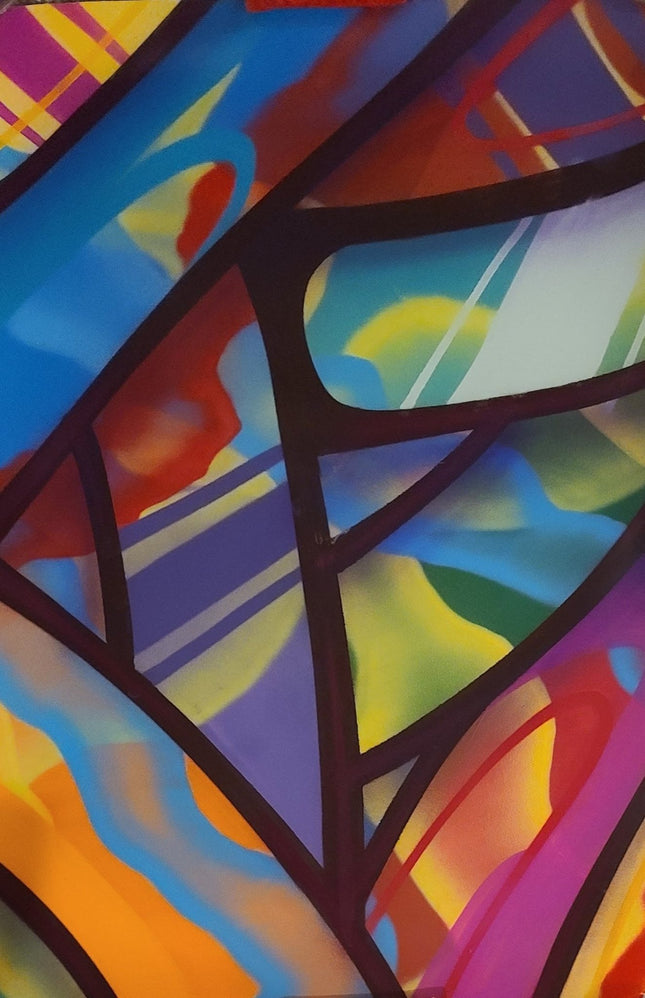
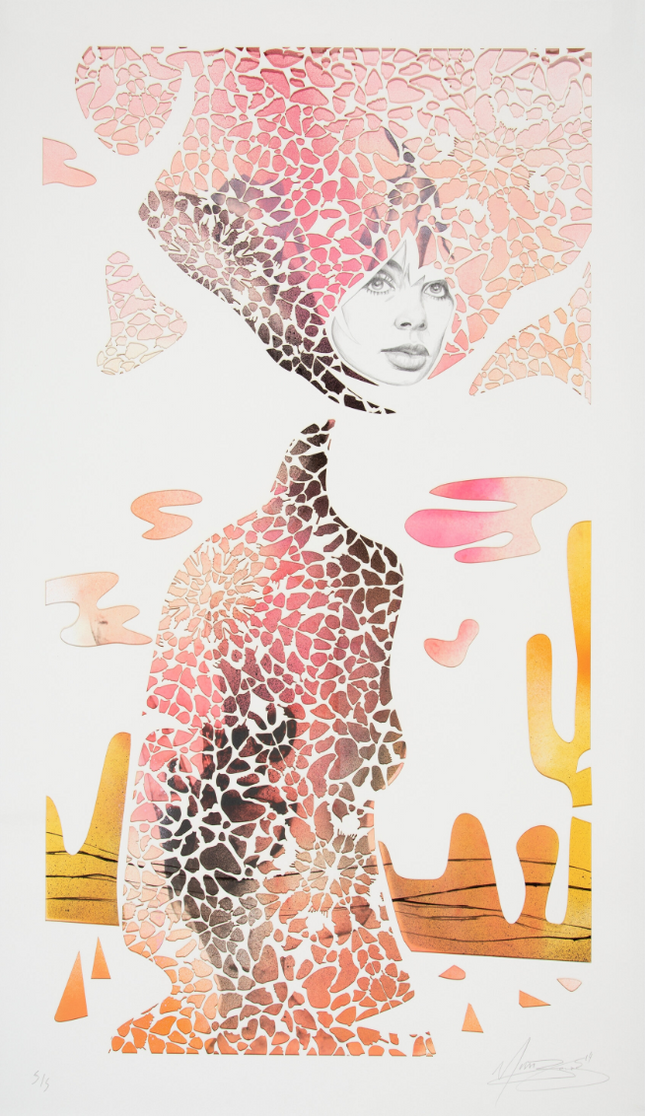
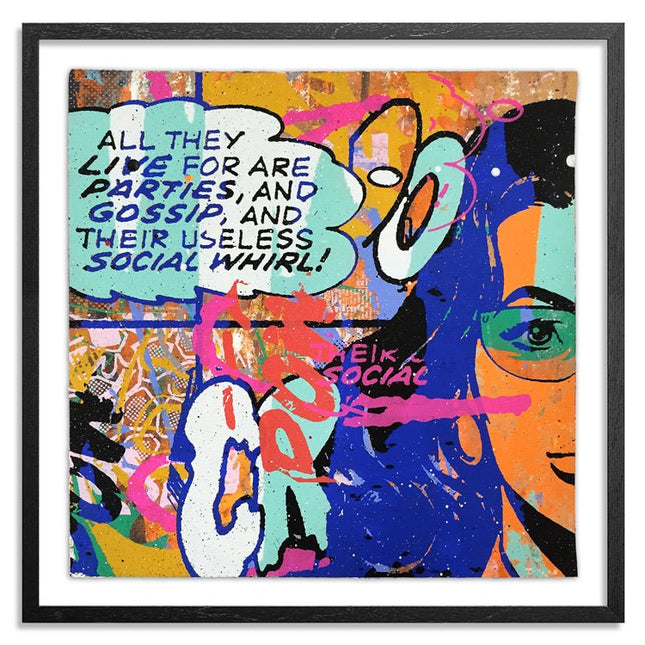


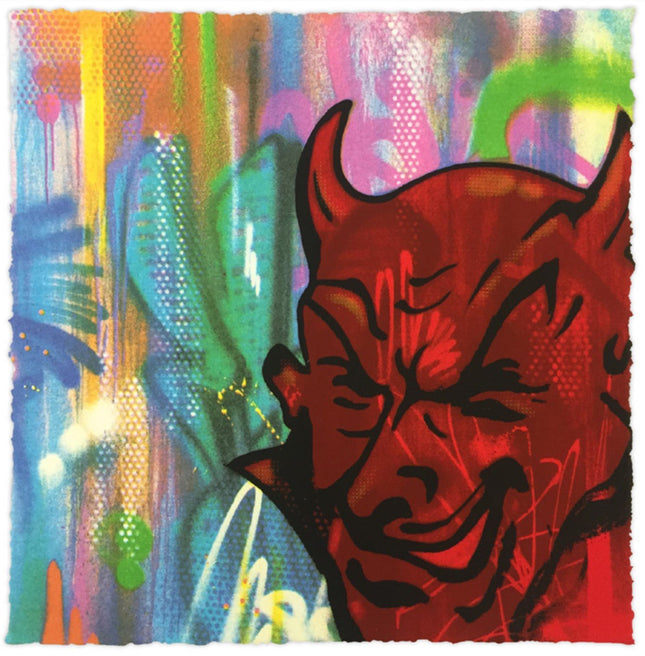
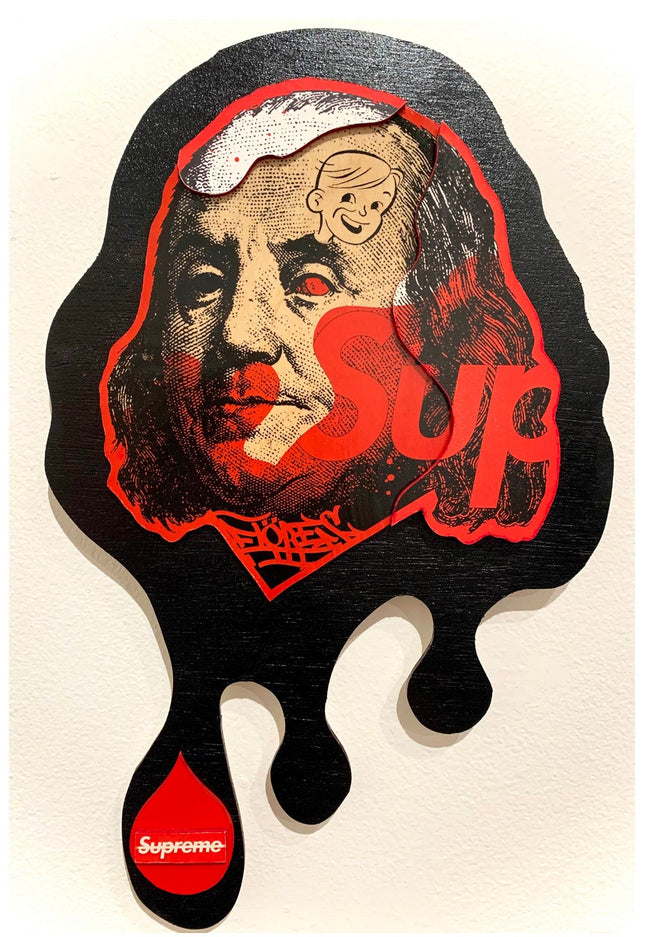
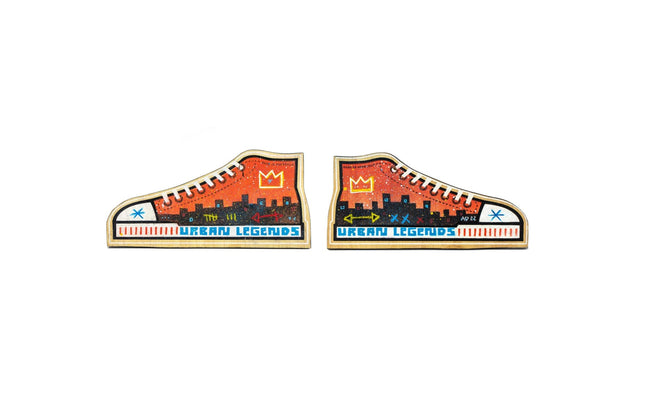
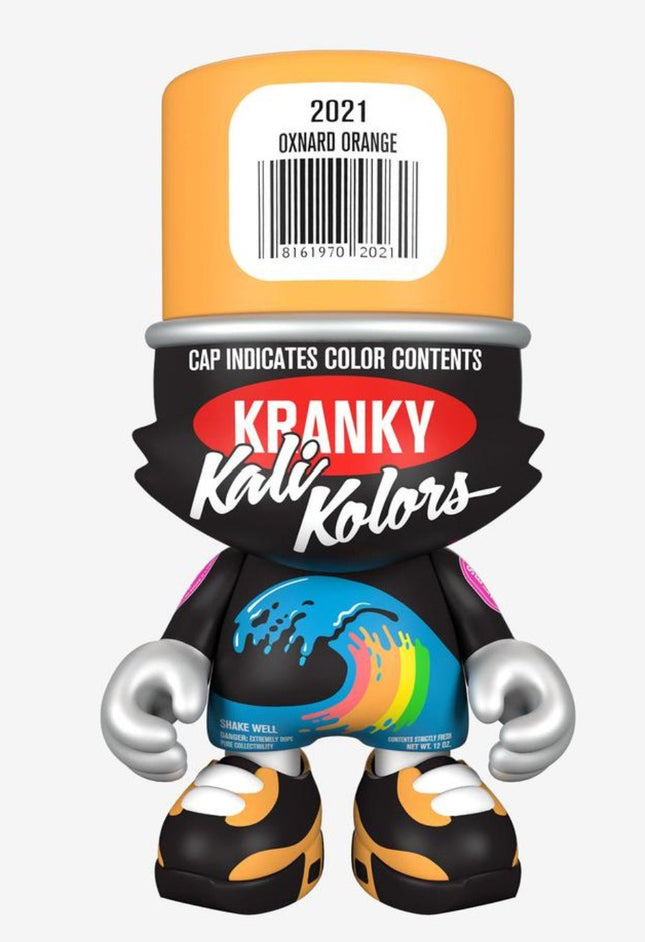
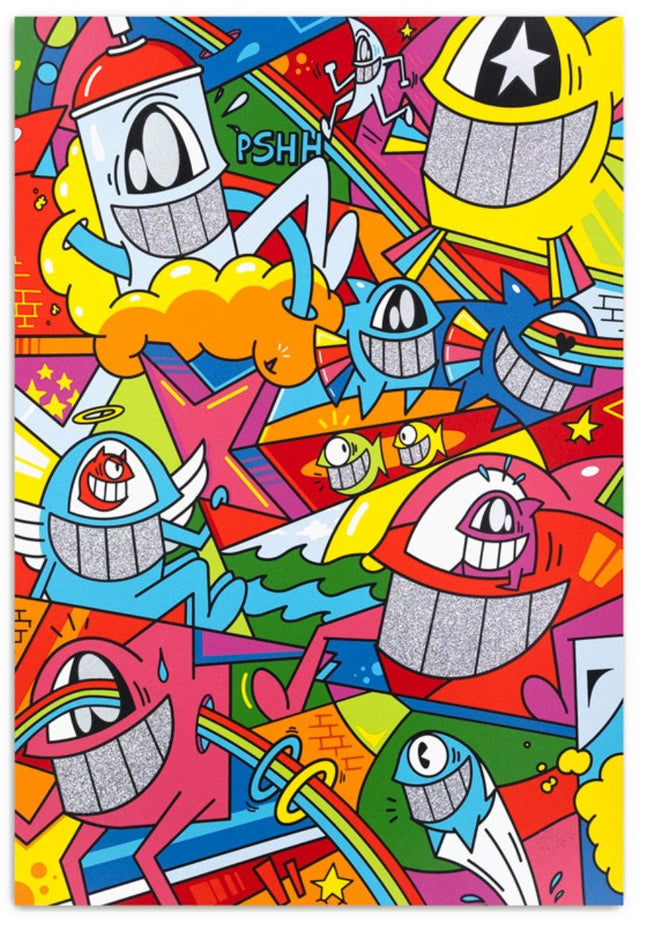
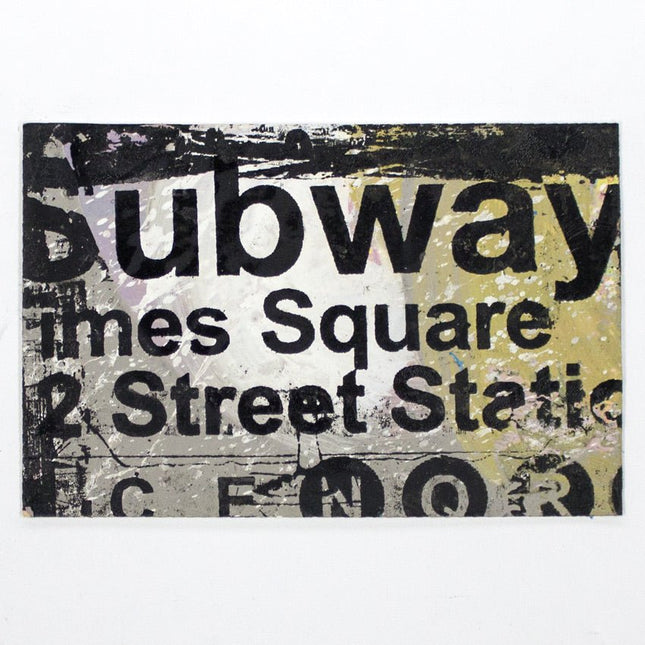
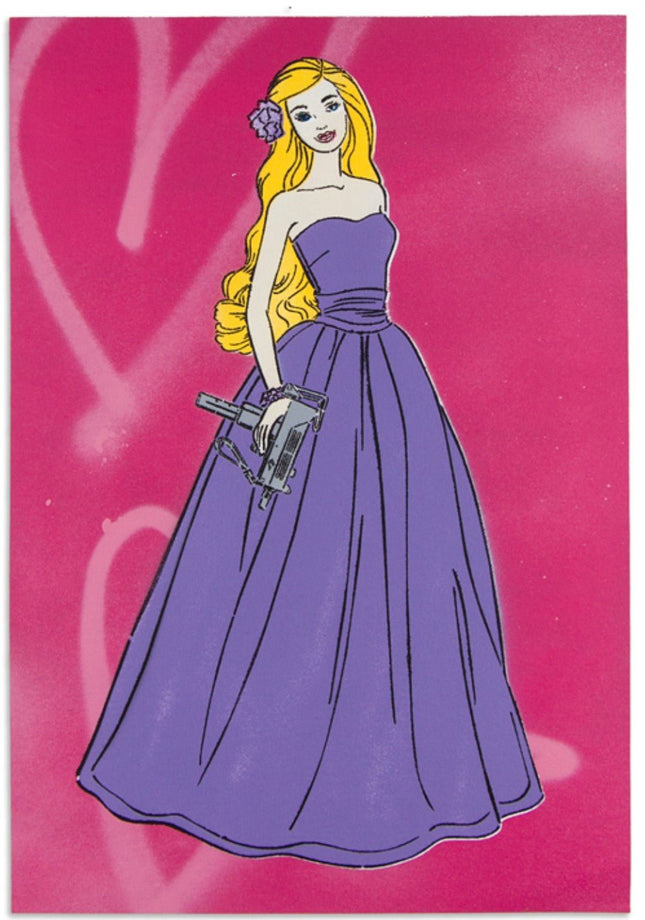

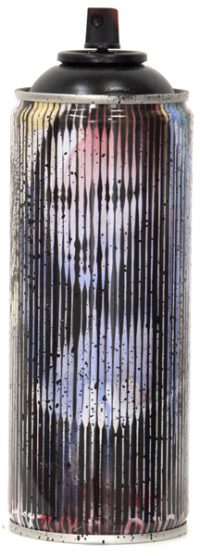
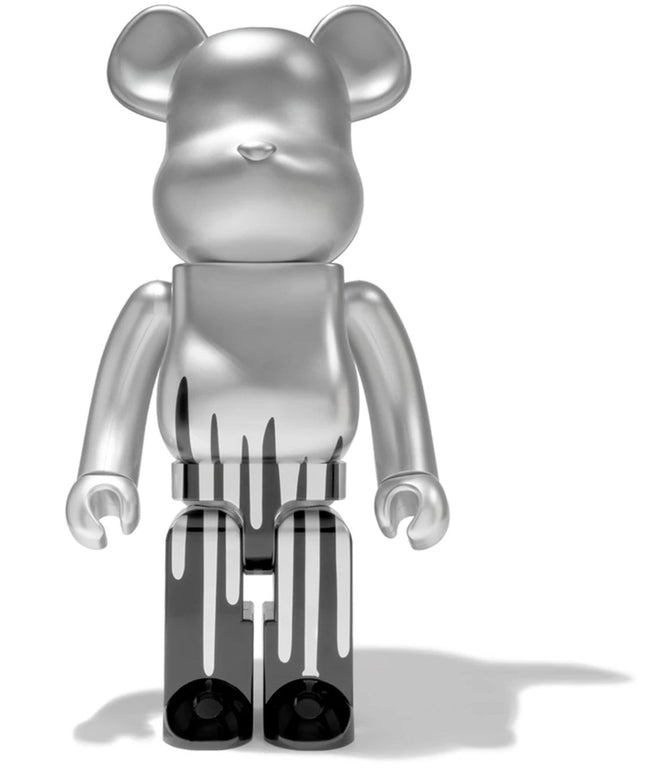
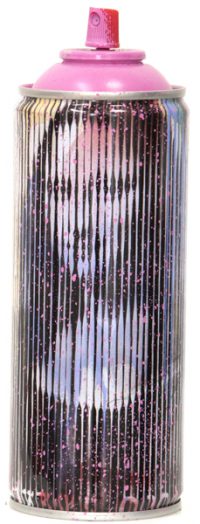
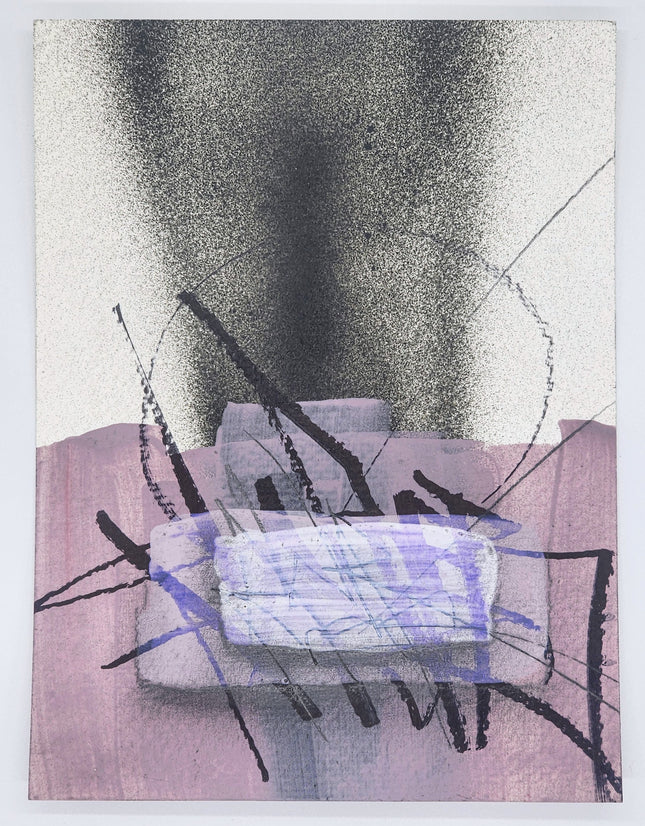
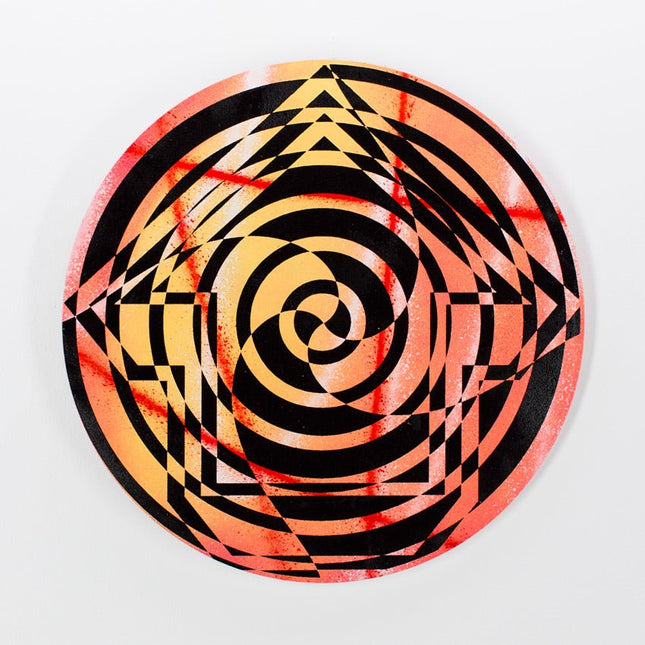
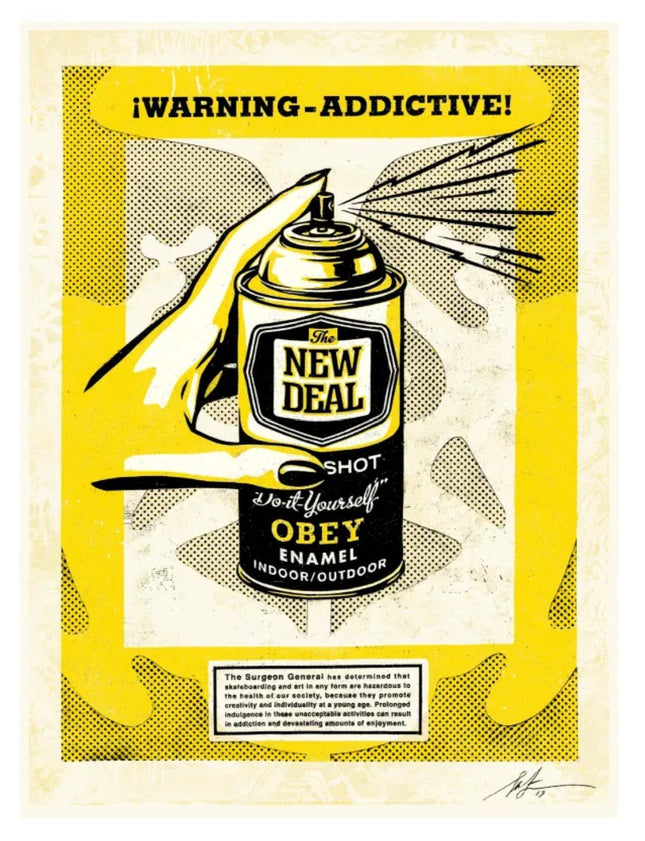
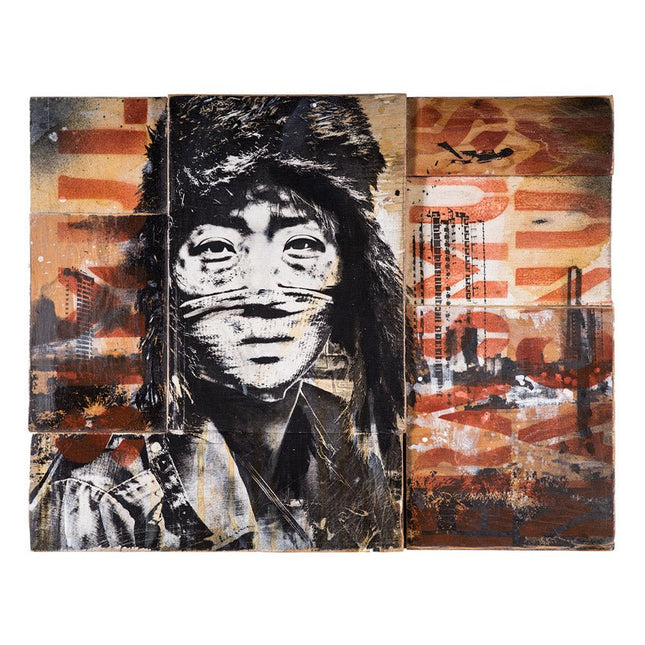
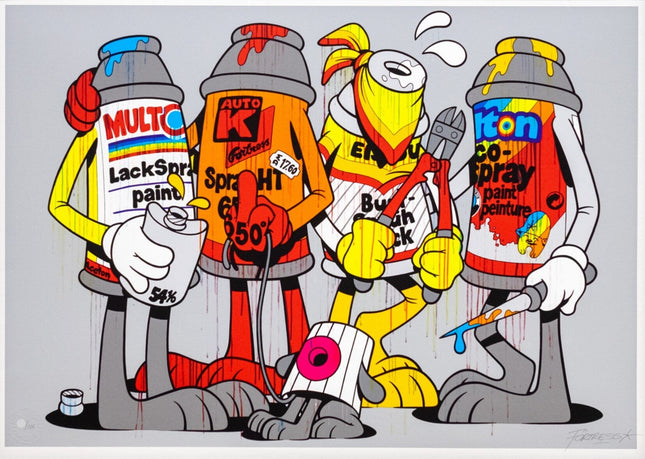
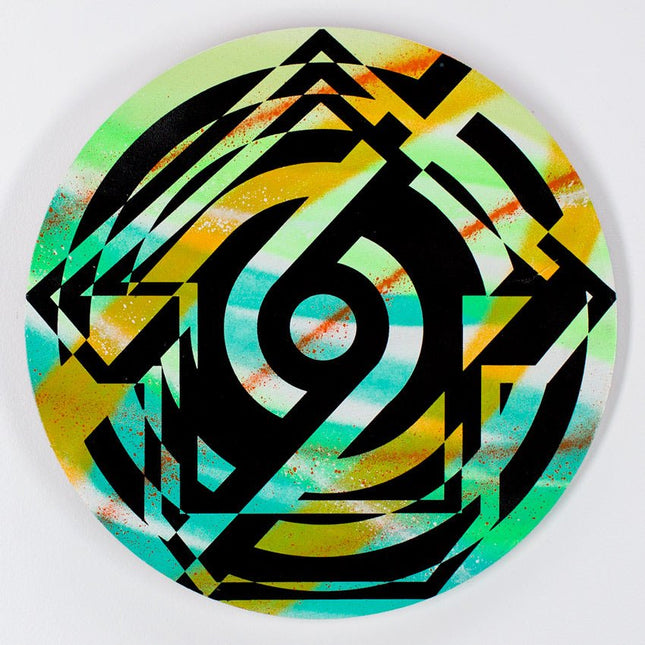

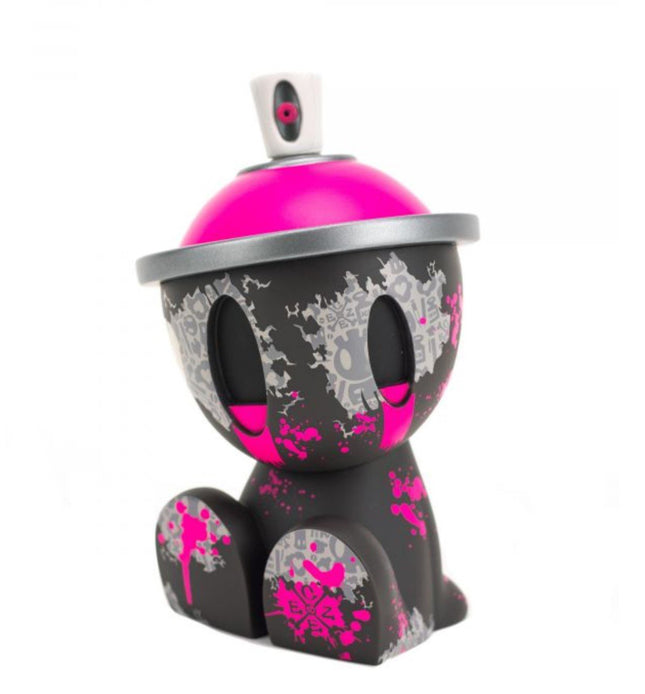
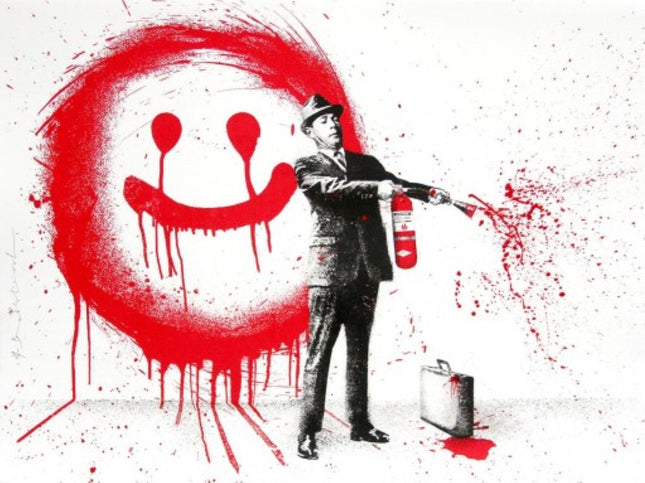
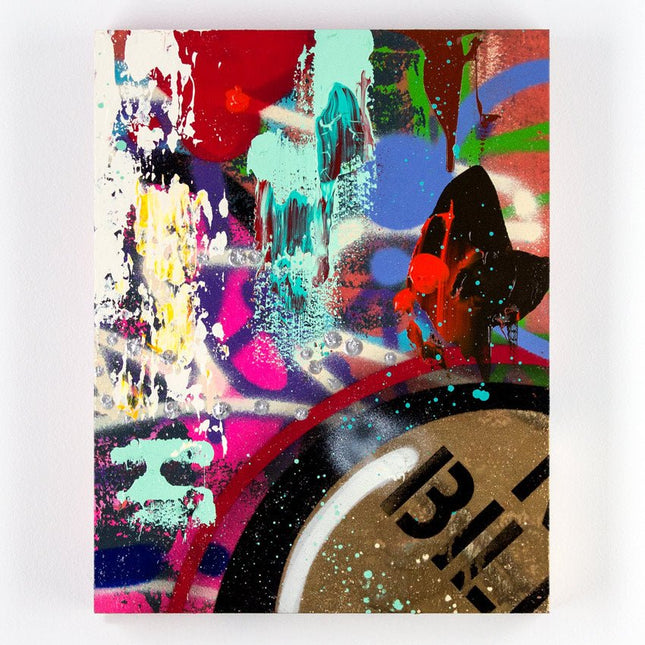
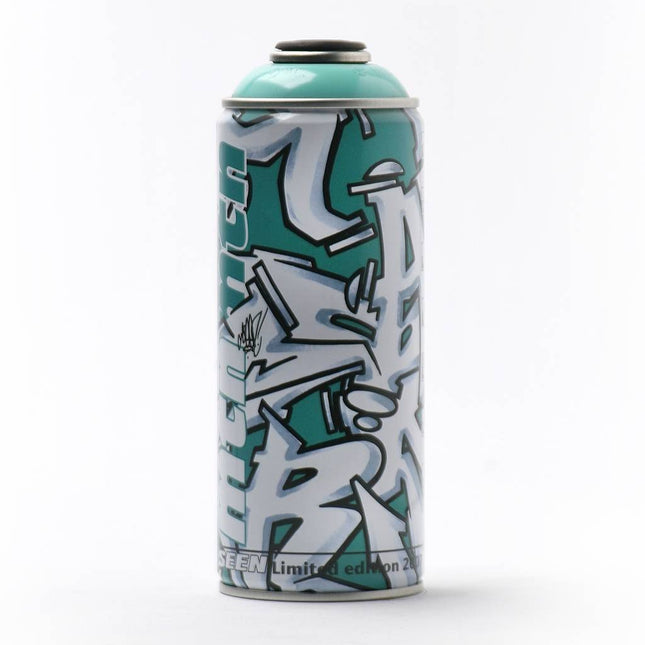
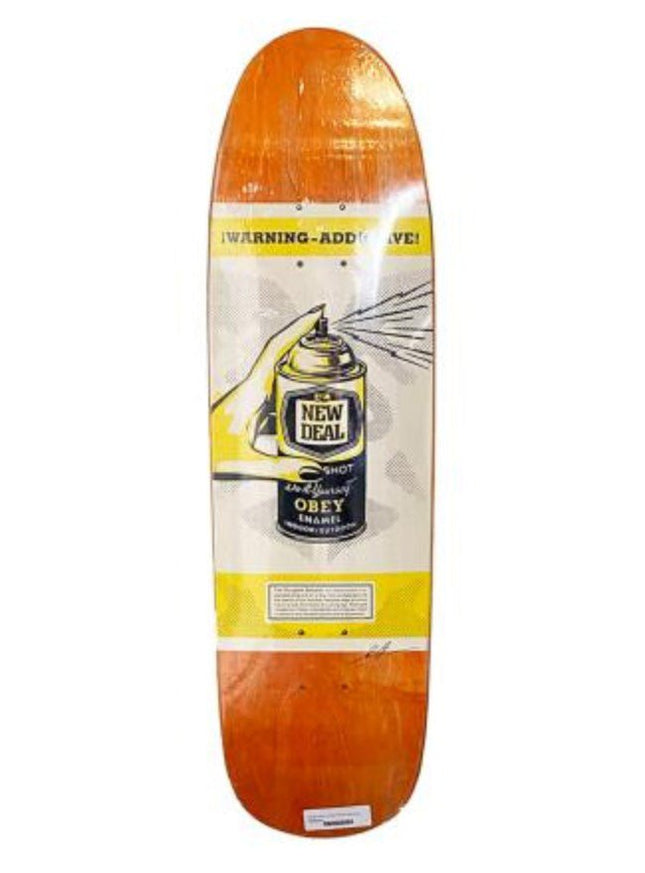
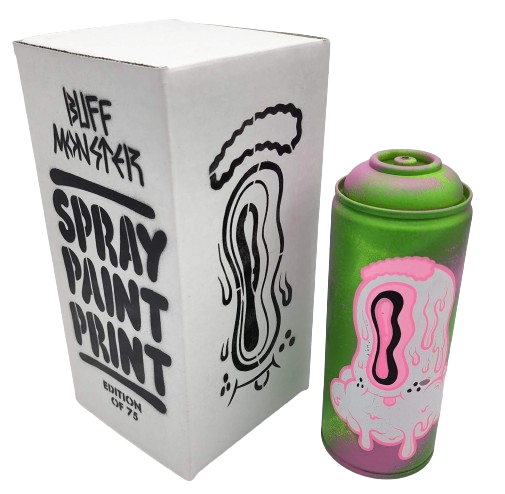
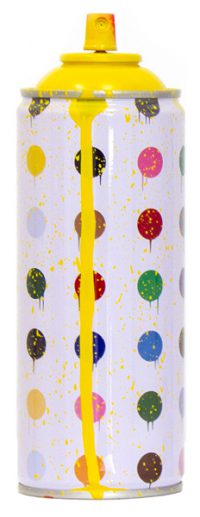
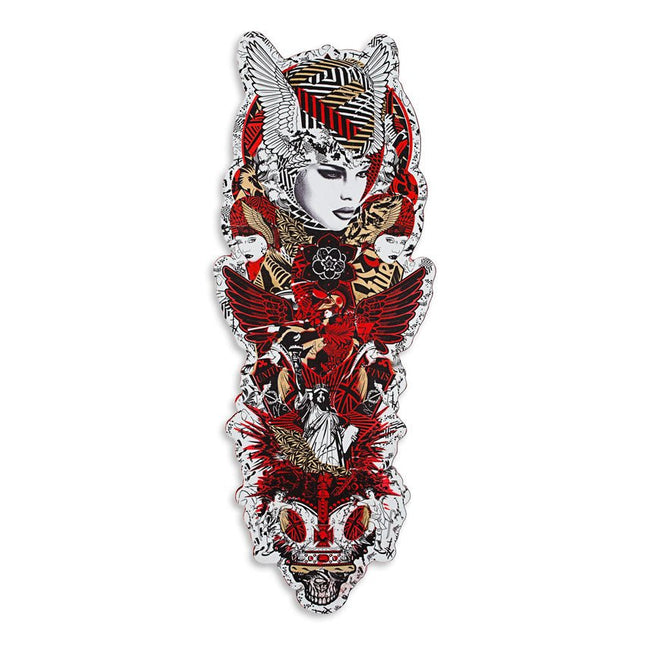
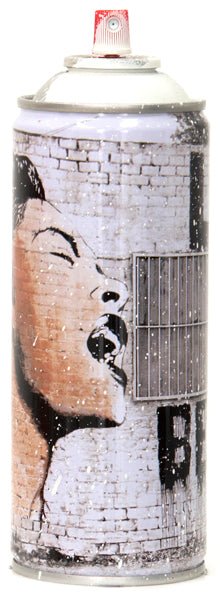
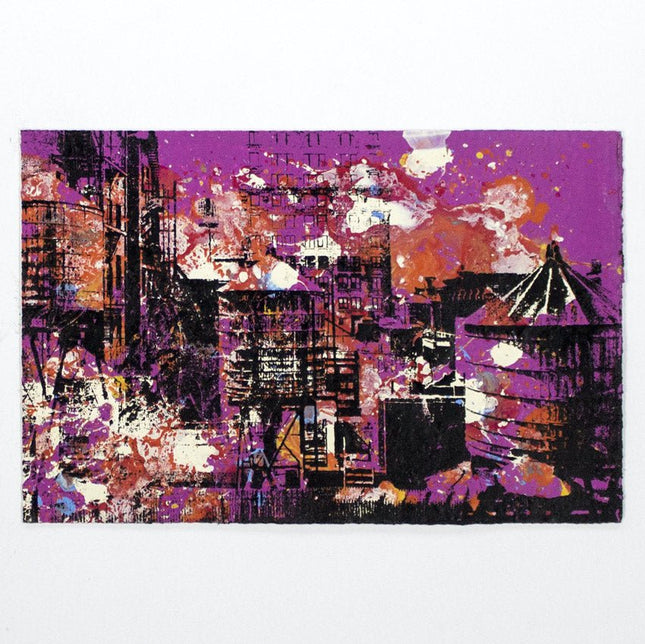
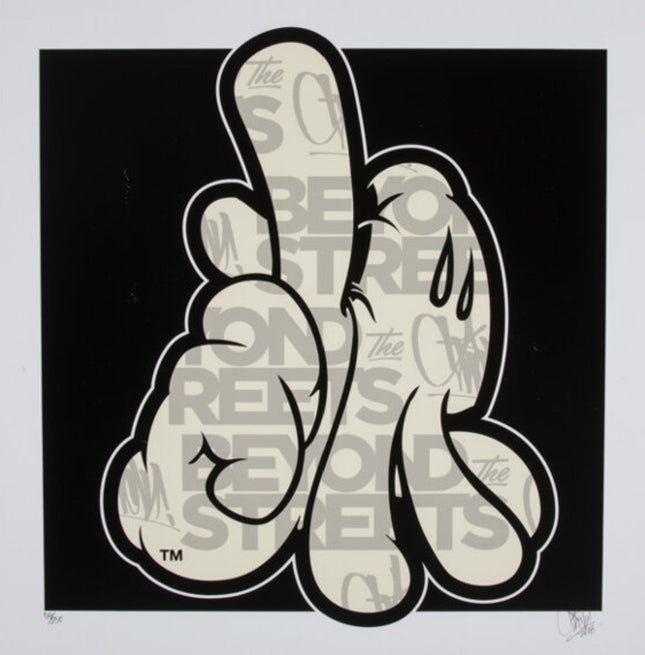
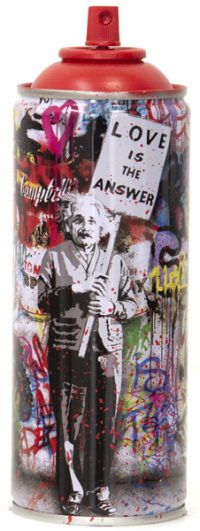
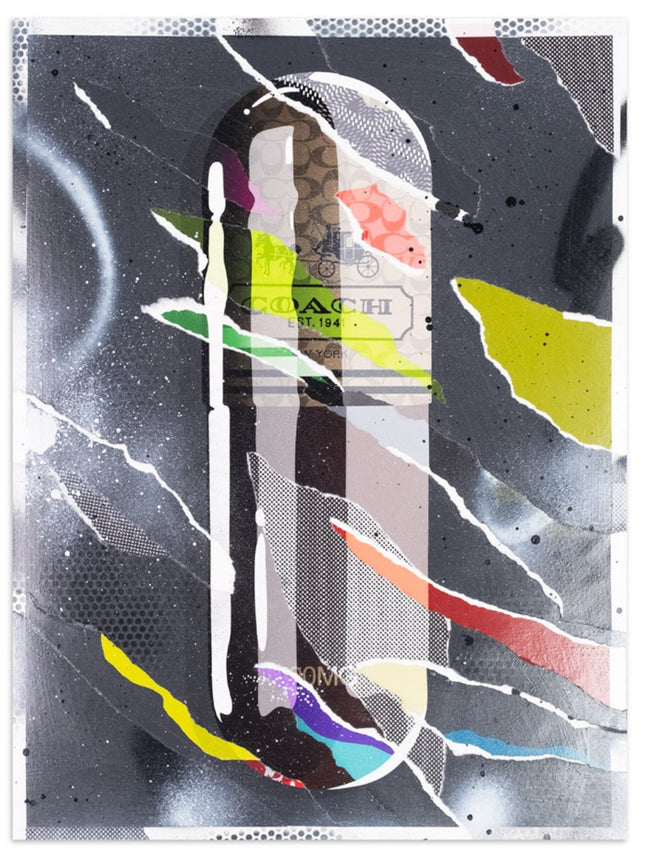
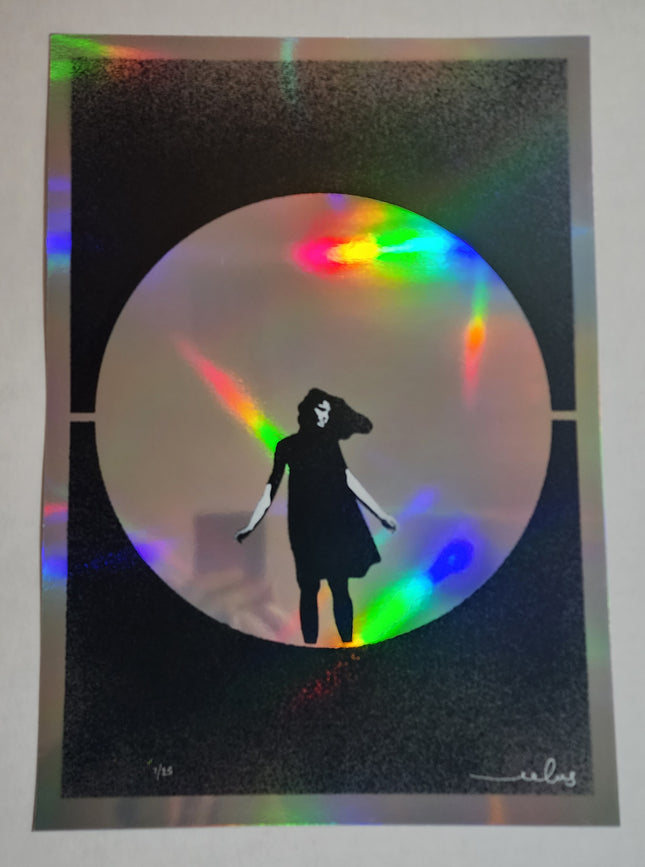
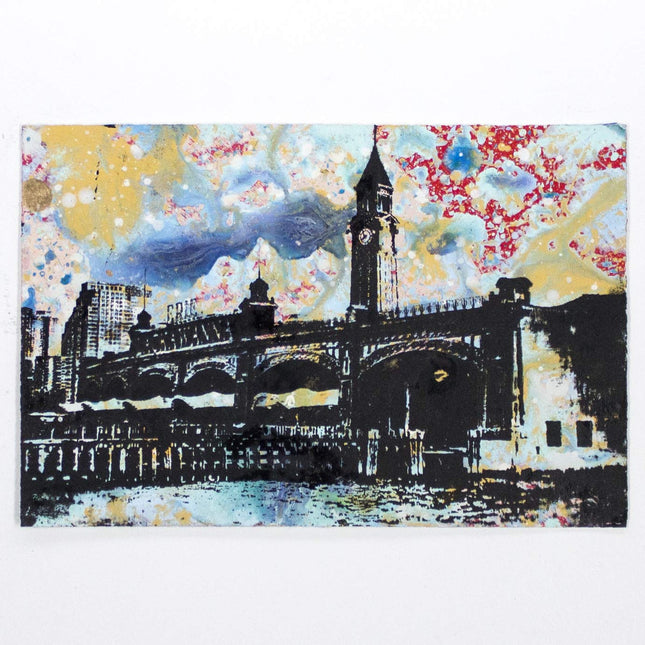
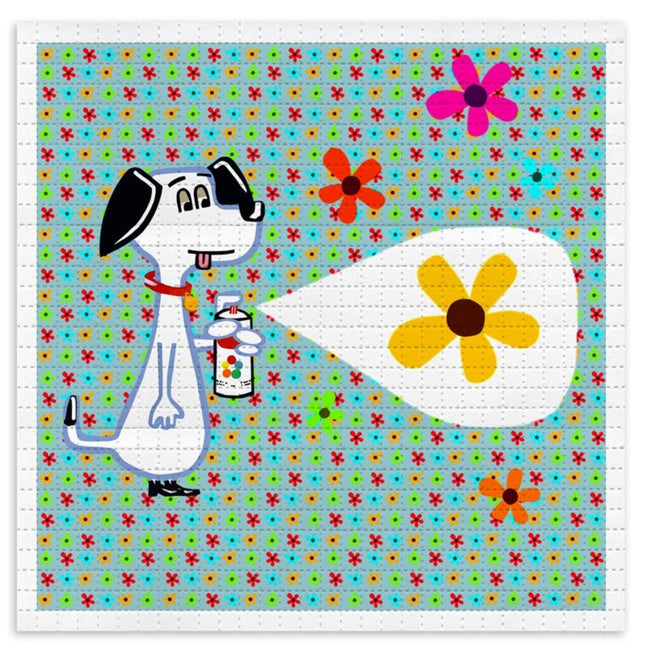
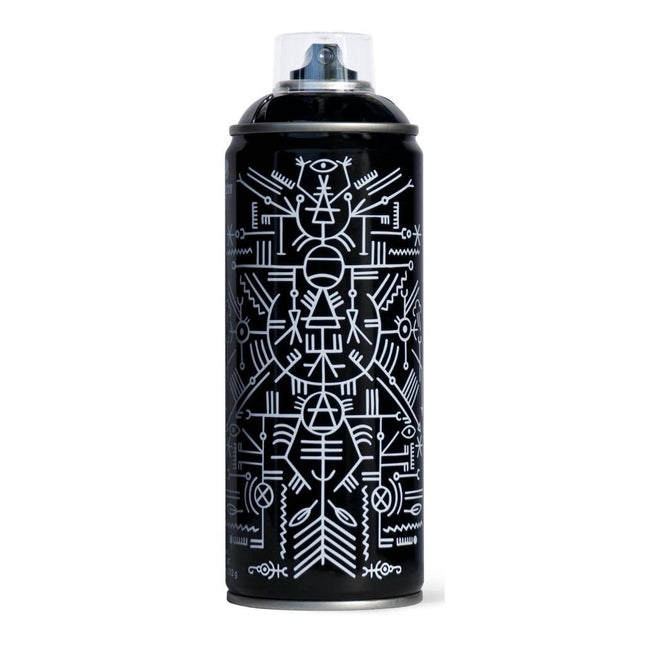
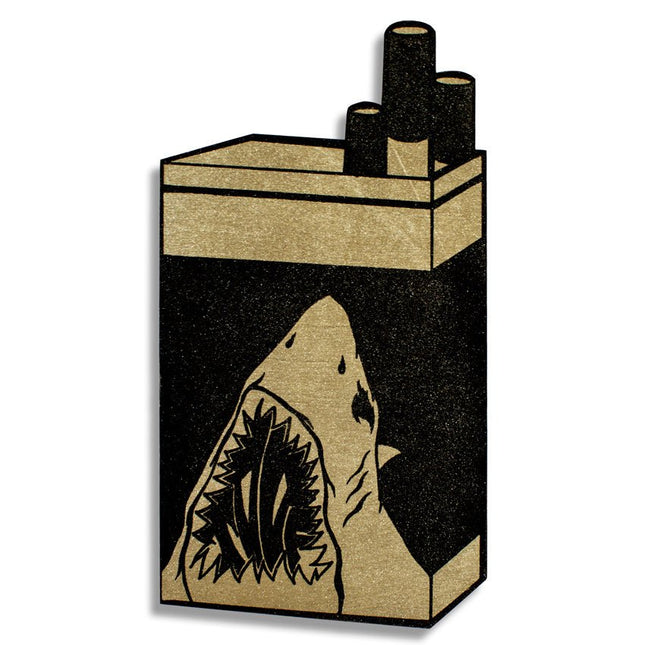
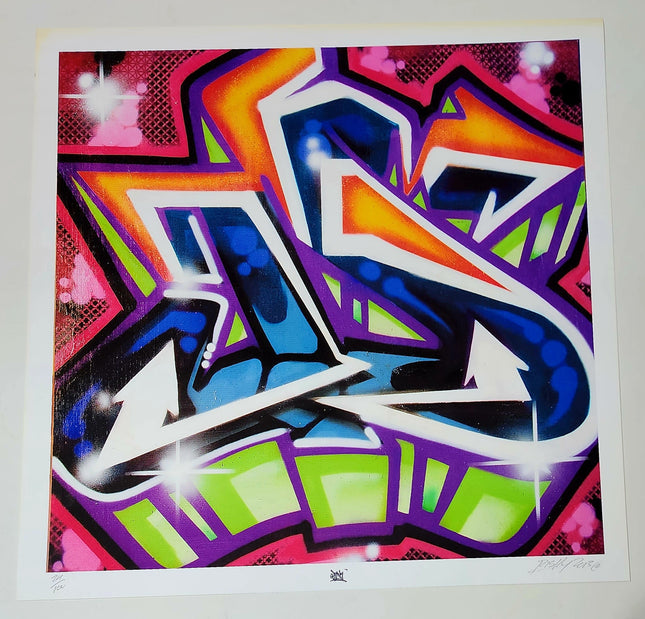
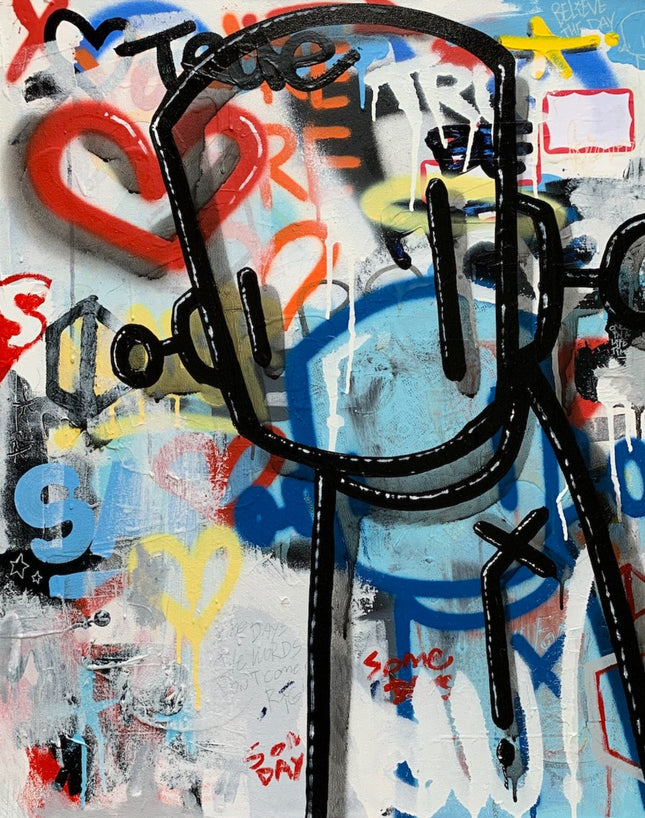
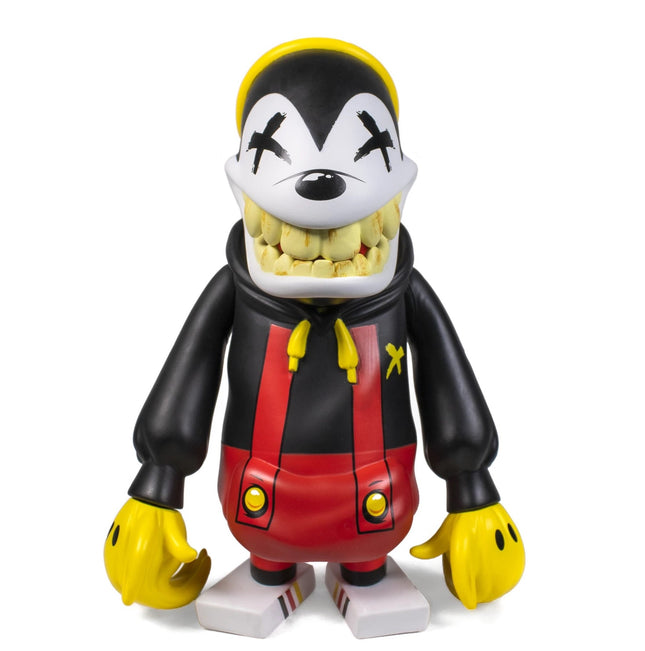
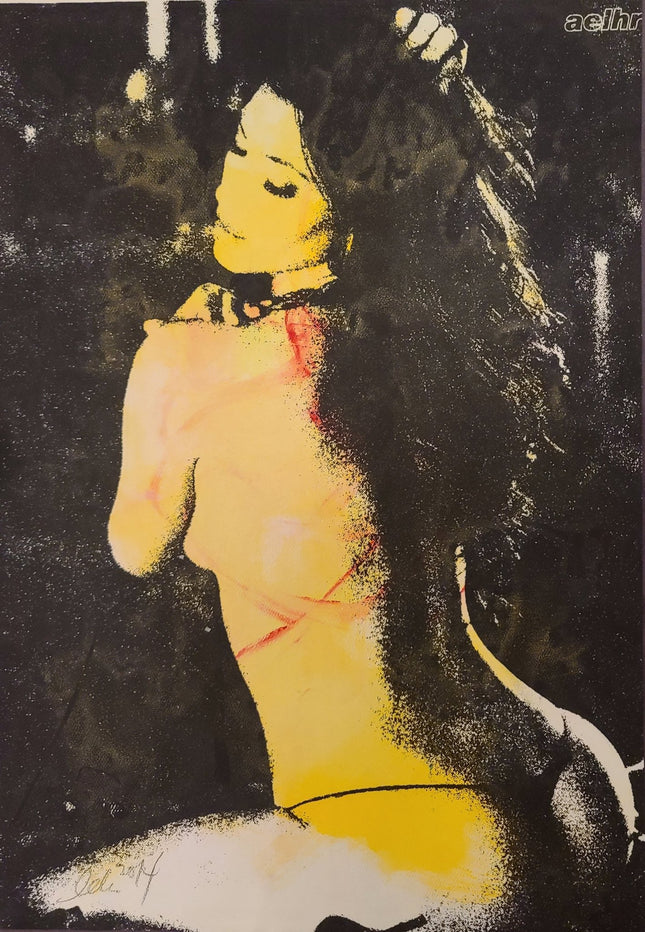
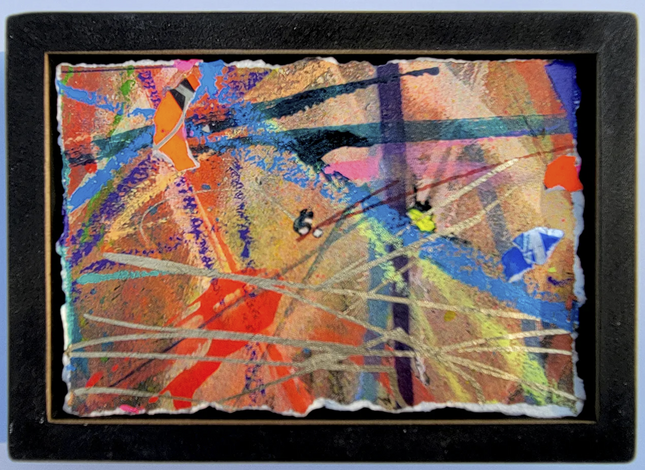
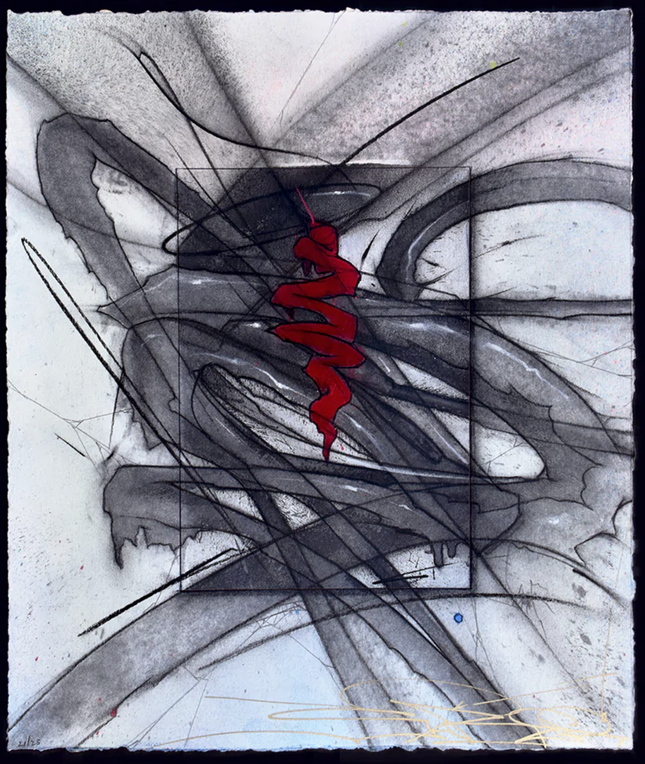

 العربية
العربية 简体中文
简体中文 Dansk
Dansk Nederlands
Nederlands Filipino
Filipino Suomi
Suomi Français
Français Deutsch
Deutsch Ελληνικά
Ελληνικά עִבְרִית
עִבְרִית हिन्दी
हिन्दी Íslenska
Íslenska Bahasa Indonesia
Bahasa Indonesia Italiano
Italiano 日本語
日本語 한국어
한국어 Latin
Latin Bahasa Melayu
Bahasa Melayu Norsk bokmål
Norsk bokmål فارسی
فارسی Português
Português Español
Español Svenska
Svenska ไทย
ไทย Türkçe
Türkçe Tiếng Việt
Tiếng Việt